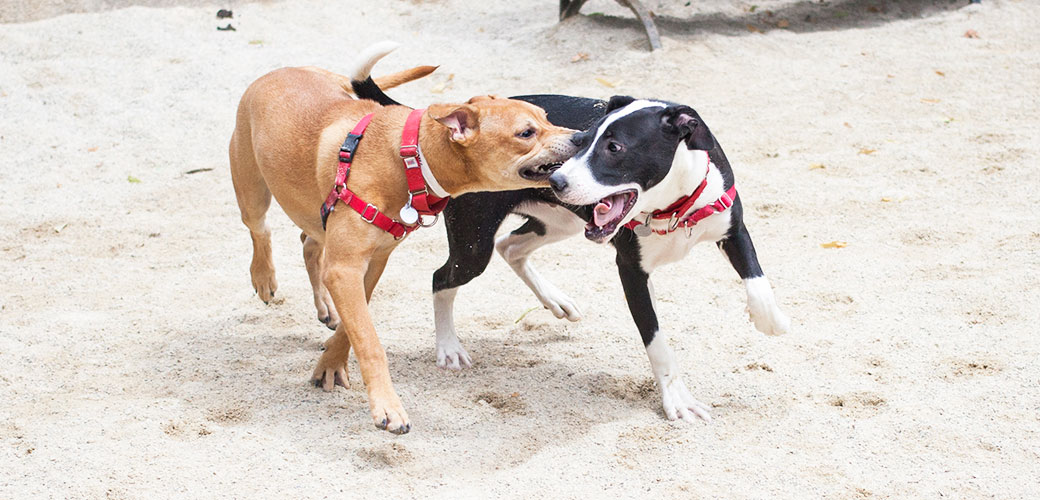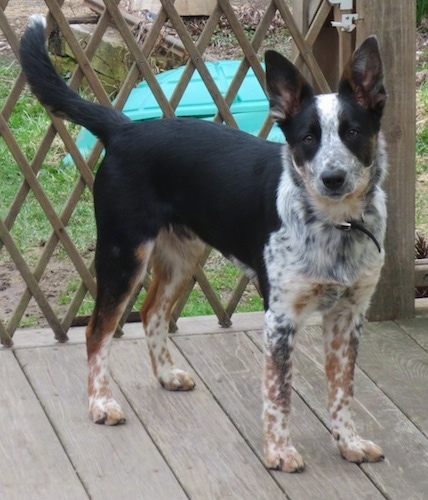Alopecia from steroids in dogs
Alopecia From Steroids In Dogs. Be sure to question the owner about ear medications eye medications or the owners topical steroid or hormone replacement creams that the dog may come in contact with. Daminet S Paradis M. Frank LA Hnilica KA Oliver JW. When a dog is on long-term high doses of glucocorticoids there is an increased risk that a condition called iatrogenic medication induced Cushings disease will develop.
 Diagnosing And Treating Alopecia In Dogs From veterinarypracticenews.com
Diagnosing And Treating Alopecia In Dogs From veterinarypracticenews.com
Alopecia refers to either thinning hair or spots of hair loss bald spots. Alopecia on dogs causes the animal to have partial or complete hair loss but it also refers to deficiencies in a dogs coat or a failure to grow hair at all. The purpose of the study was to evaluate intermediate adrenal steroid hormones ISH in neutered dogs with hair cycle arrest Alopecia X during treatment with melatonin and to see if hair re-growth is associated with sex hormone concentrations within the normal ranges. When a dog is on long-term high doses of glucocorticoids there is an increased risk that a condition called iatrogenic medication induced Cushings disease will develop. Various mechanisms are responsible for causing alopecia or hair loss. The best way to define alopecia is a partial or complete loss of hair in an area where hair should be naturally present.
Also alopecia is usually a symptom of an underlying condition including.
If you noticed your dogs coat is losing an unusual amount of hair and the hair loss is patchy your dog might have alopecia. Alopecia refers to either thinning hair or spots of hair loss bald spots. What is alopecia in dogs. The cause of this type of alopecia is unknown. There are several causes and numerous kinds of alopecia. Lastly traction alopecia may occur from the exuberant use of rubber bands or hair clips on some canine breeds.
 Source: researchgate.net
Source: researchgate.net
If you noticed your dogs coat is losing an unusual amount of hair and the hair loss is patchy your dog might have alopecia. The purpose of the study was to evaluate intermediate adrenal steroid hormones ISH in neutered dogs with hair cycle arrest Alopecia X during treatment with melatonin and to see if hair re-growth is associated with sex hormone concentrations within the normal ranges. Alopecia Canine Corticosteroids Diuprednate Durezol Follicular atrophy Hypothalamicpituitary adrenocortical HPA axis Ophthalmic. Sometimes when a dogs fur is shaved the fur does not grow back in the clipped area. Use of prednisone can cause Cushings disease in dogs which may result in hair loss along with thinning of the skin bruising easily and lethargy.
 Source: researchgate.net
Source: researchgate.net
Treatments For Alopecia In Dogs Antibiotics antifungals and steroids are often used topically or orally to treat skin conditions and inflammation. This is when hair advances too quickly through the growth stage and directly to the hair loss stage. Seasonal flank alopecia can cause dramatic or mild pigmented symmetrical lesions on the flanks of short-haired dogs such as boxers and bulldogs Figure 6. Cia was observed in 59 dogs treated with diuprednate 005 ophthalmic emulsion Table 1 Figs 1 and 2. Alopecia is a term that refers to abnormal hair loss in dogs.
 Source: dogtime.com
Source: dogtime.com
An excessive level of corticosteroids may cause Cushings disease. Frank LA Hnilica KA Oliver JW. Also alopecia is usually a symptom of an underlying condition including. Antihistamines can be used for allergic reactions. I have been told that corticosteroids can cause Cushings disease.
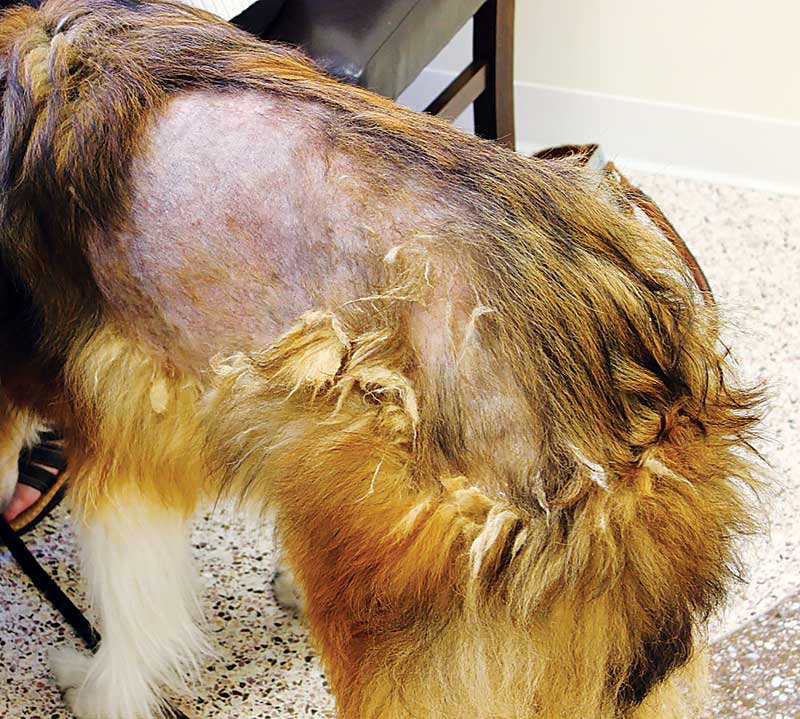 Source: veterinarypracticenews.com
Source: veterinarypracticenews.com
Signs histopathology ruling out other endocrine diseases such as hypothyroidism and hypercortosolemia. Cia was observed in 59 dogs treated with diuprednate 005 ophthalmic emulsion Table 1 Figs 1 and 2. Alopecia refers to either thinning hair or spots of hair loss bald spots. Alopecia can manifest itself in the form of localised regions of hair loss random hair loss or even hair loss on one side of the body. Hair cycle abnormalities are the most common cause of alopecia in the dog.
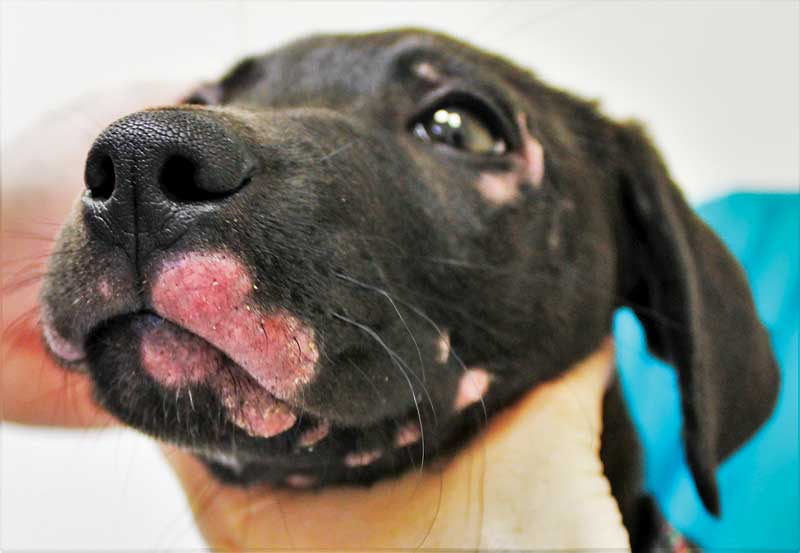 Source: veterinarypracticenews.com
Source: veterinarypracticenews.com
The clinical signs of Cushings disease include increased thirst. Many veterinary dermatologists will recommend melatonin for dogs with alopecia. The cause of this type of alopecia is unknown. Bilaterally symmetrical truncal alopecia often with hyperpigmentation of the skin. The purpose of the study was to evaluate intermediate adrenal steroid hormones ISH in neutered dogs with hair cycle arrest Alopecia X during treatment with melatonin and to see if hair re-growth is associated with sex hormone concentrations within the normal ranges.
 Source: onlinelibrary.wiley.com
Source: onlinelibrary.wiley.com
When alopecia is thyroid-related it will normally occur on both sides of the dogs body. Treating Hair Loss in Dogs. When a dog is on long-term high doses of glucocorticoids there is an increased risk that a condition called iatrogenic medication induced Cushings disease will develop. Be sure to question the owner about ear medications eye medications or the owners topical steroid or hormone replacement creams that the dog may come in contact with. Antihistamines can be used for allergic reactions.
 Source: veterinarypracticenews.com
Source: veterinarypracticenews.com
Cushings disease can be caused by prolonged use of any corticosteroid according to Lowchen Australia. When alopecia is thyroid-related it will normally occur on both sides of the dogs body. Alopecia is one of the most common skin disorders in dogs. Alopecia Canine Corticosteroids Diuprednate Durezol Follicular atrophy Hypothalamicpituitary adrenocortical HPA axis Ophthalmic. Heres what you should know about alopecia in dogs.
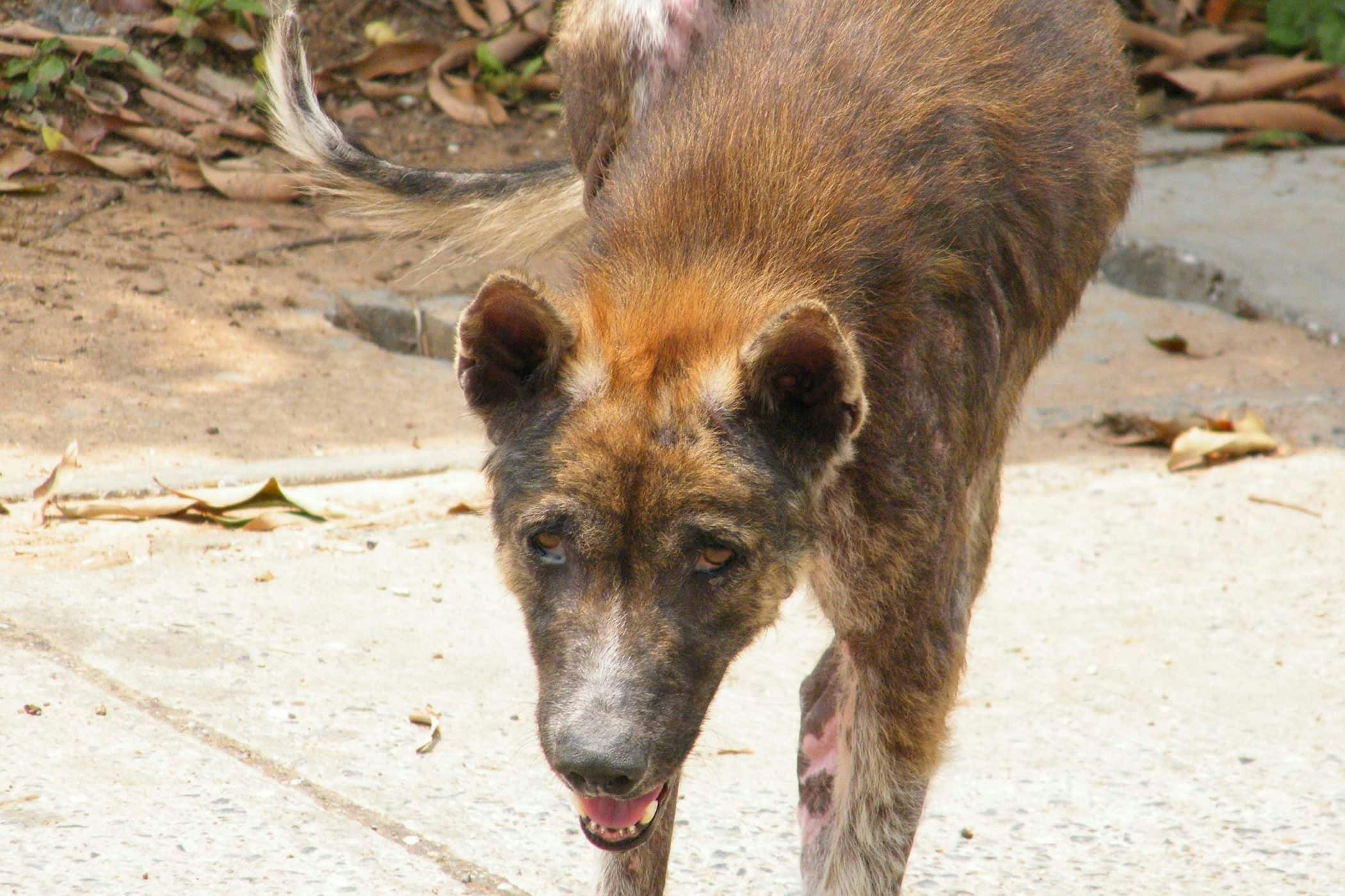 Source: wagwalking.com
Source: wagwalking.com
Also alopecia is usually a symptom of an underlying condition including. Where the hair loss occurs can depend on the underlying cause. One of the ways a person can lose calcium on a regular basis is by going to the gym. Frank LA Hnilica KA Oliver JW. The best way to define alopecia is a partial or complete loss of hair in an area where hair should be naturally present.
 Source: thesprucepets.com
Source: thesprucepets.com
Various hormones play important roles in either stimulating anagen or prolonging telogen. Antihistamines can be used for allergic reactions. It can affect a dogs skin endocrine system lymphatic system and immune system in addition to his coat. The best way to define alopecia is a partial or complete loss of hair in an area where hair should be naturally present. Depending on the cause of hair loss treatment will vary.
 Source: cvets.net
Source: cvets.net
A novel pattern of localized alopecia is suspected to be related to dermal absorption and local action due to superior potency and penetration compared to other commonly utilized ophthalmic corticosteroids. When alopecia is thyroid-related it will normally occur on both sides of the dogs body. Non-pruritic symmetrical alopecia in dogs is a clinical condition commonly associated with endocrinopathies functional neoplasia of the gonads follicular dysplasia and idiopathic alopecia. Alopecia Canine Corticosteroids Diuprednate Durezol Follicular atrophy Hypothalamicpituitary adrenocortical HPA axis Ophthalmic. It can affect a dogs skin endocrine system lymphatic system and immune system in addition to his coat.
 Source: semanticscholar.org
Source: semanticscholar.org
Treatments For Alopecia In Dogs Antibiotics antifungals and steroids are often used topically or orally to treat skin conditions and inflammation. When alopecia is thyroid-related it will normally occur on both sides of the dogs body. In dogs long-term use of difluprednate ophthalmic emulsion results in HPA axis suppression and in some cases iatrogenic hyperadrenocorticism. Where the hair loss occurs can depend on the underlying cause. Alopecia can manifest itself in the form of localised regions of hair loss random hair loss or even hair loss on one side of the body.
 Source: veterinarypracticenews.com
Source: veterinarypracticenews.com
Use of prednisone can cause Cushings disease in dogs which may result in hair loss along with thinning of the skin bruising easily and lethargy. One of the ways a person can lose calcium on a regular basis is by going to the gym. When a dog is on long-term high doses of glucocorticoids there is an increased risk that a condition called iatrogenic medication induced Cushings disease will develop. Also alopecia is usually a symptom of an underlying condition including. An excessive level of corticosteroids may cause Cushings disease.
If you find this site adventageous, please support us by sharing this posts to your preference social media accounts like Facebook, Instagram and so on or you can also bookmark this blog page with the title alopecia from steroids in dogs by using Ctrl + D for devices a laptop with a Windows operating system or Command + D for laptops with an Apple operating system. If you use a smartphone, you can also use the drawer menu of the browser you are using. Whether it’s a Windows, Mac, iOS or Android operating system, you will still be able to bookmark this website.

